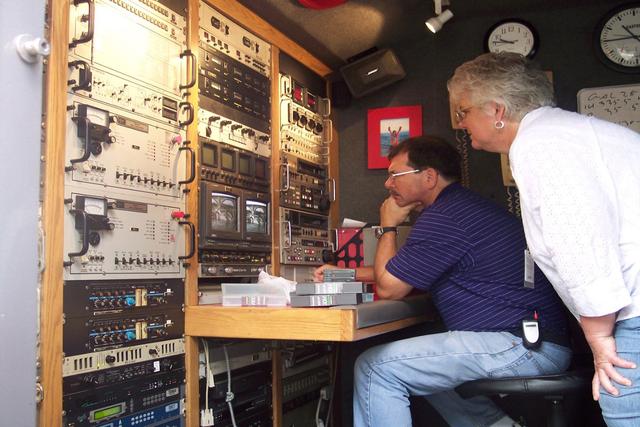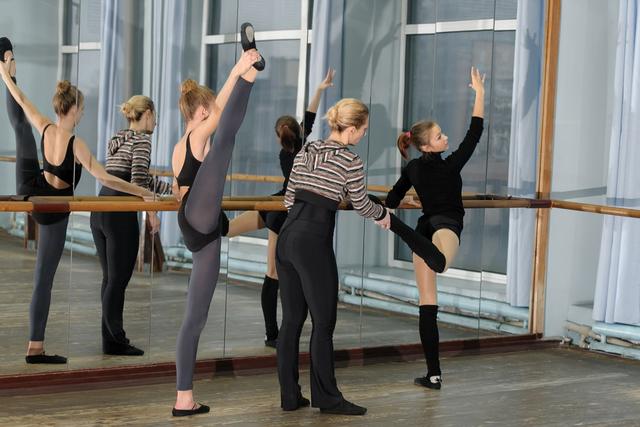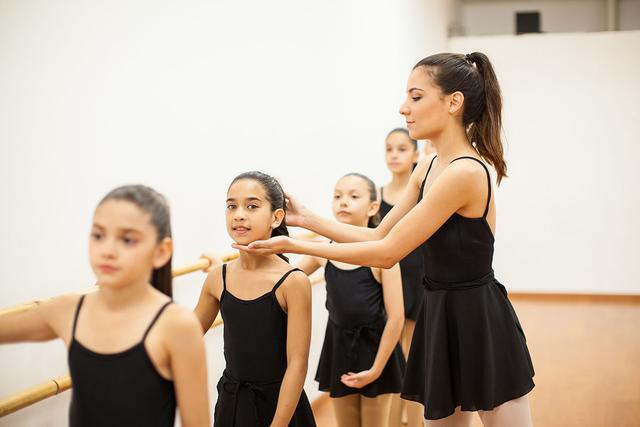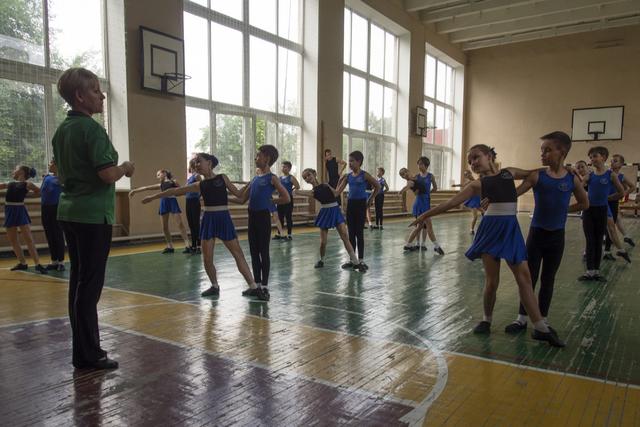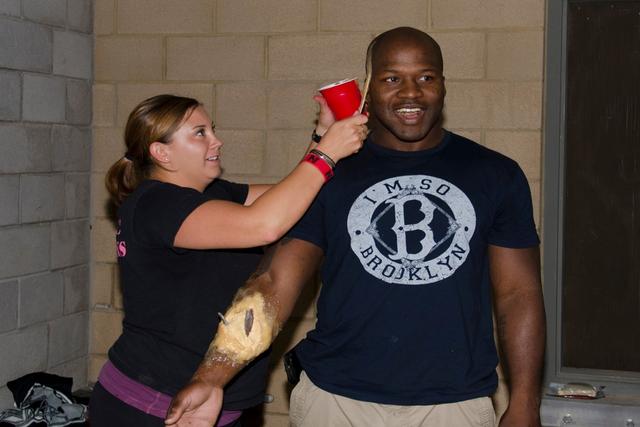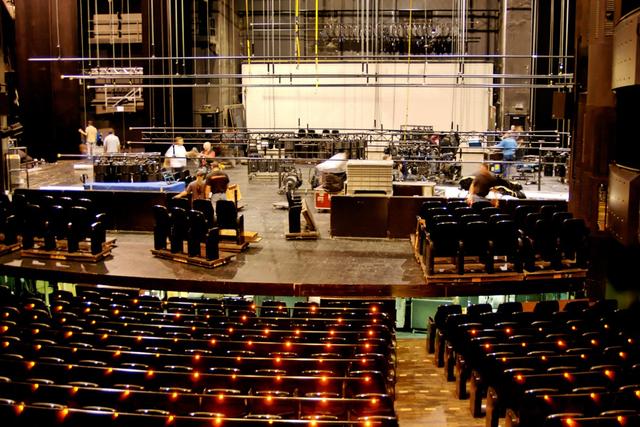Dancers
Overview
Introduction
Dancers perform dances alone or with others. Through dancing, they attempt to tell a story, interpret an idea, or simply express rhythm and sound by supplying preconceived physical movements to music. There are approximately 15,200 professional dancers working in the United States.
Quick Facts
Median Salary
Employment Prospects
Minimum Education Level
Experience
Skills
Personality Traits
Earnings
Dancers’ yearly earnings vary widely depending on factors such as where a dancer is employed, how much work he or she was able to get for the year, and what role the dancer performed in a production. The U.S. Department of Labor (DOL) reports that the median hourly wage for dancers was $24.95 (or $51,896 annually) in May 2023. The lowest paid 10 percent of dancers earned $14.44 ($30,035 per yea...
Work Environment
The irregularity of employment is the most difficult aspect of the profession. Dancers are never certain where they will be employed or under what conditions. One may wait weeks for a contract. An offer may involve travel, night hours, or weekend rehearsals. Work on a Broadway stage show may last 20 weeks, 40 weeks, or three years, or possibly the show will fold after the third performance. Wit...
Outlook
Dancers will have good employment opportunities in the coming years. The U.S. Department of Labor predicts 7 percent employment growth, faster than the average for all careers, through 2033 for dancers. Increased demand for performing arts will contribute to more jobs for performers. Social media is also expected to continue generating interest in dance performances. Competition for dancers wil...









